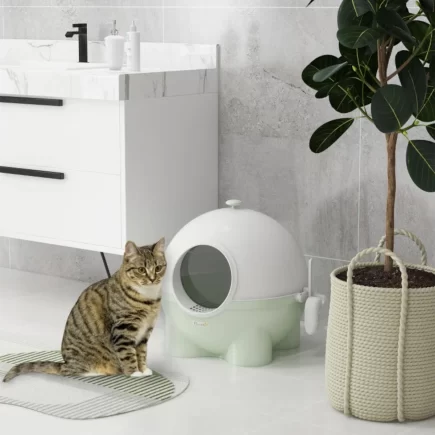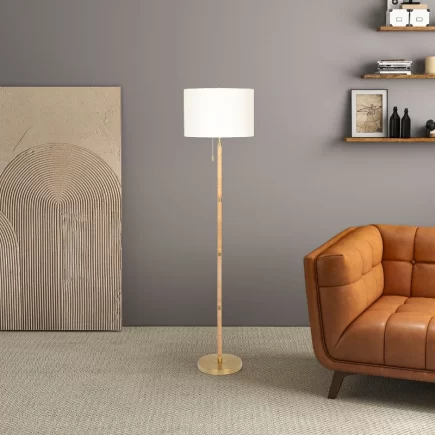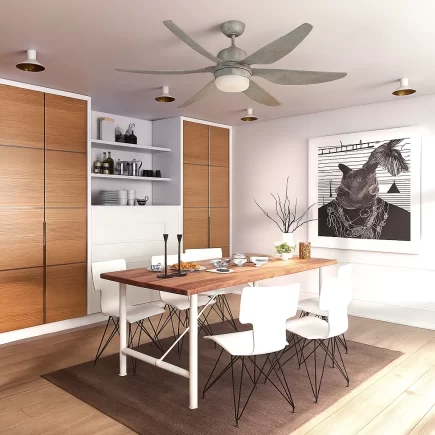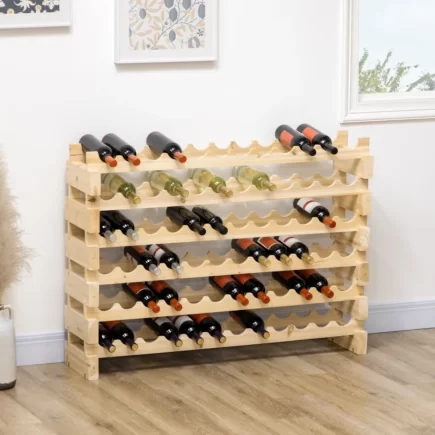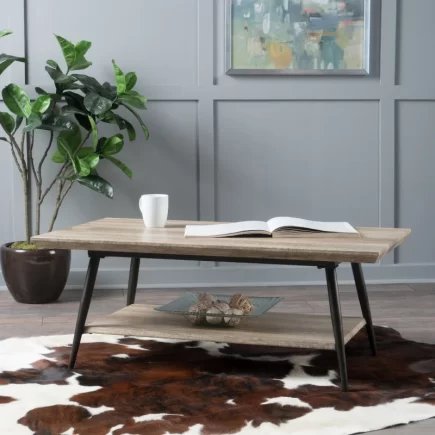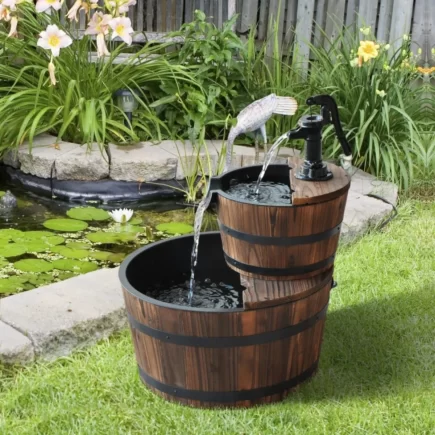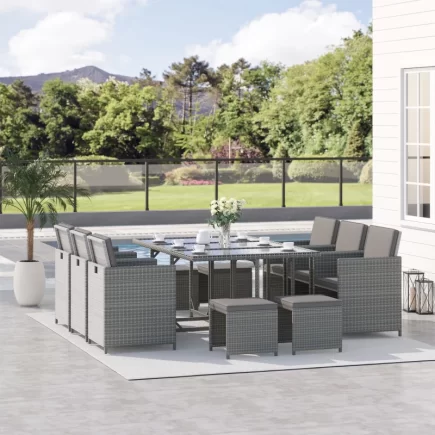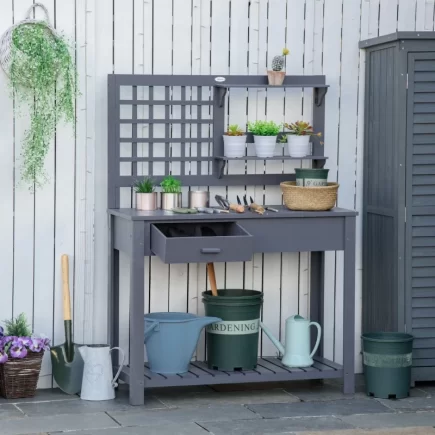Bathroom cabinets are often one of the most-used features in your bathroom. Over time, they can look worn and outdated. But replacing them can be expensive and time-consuming. Luckily, there’s a simpler and more cost-effective way to revamp your bathroom: painting your cabinets. A fresh coat of paint not only enhances the aesthetic of your bathroom but also gives your cabinets a longer life.

Essential Tools You’ll Need to Paint Bathroom Cabinet
- Painter’s Tape: To mask off areas around the cabinets that you don’t want to paint, such as walls and countertops.
- Degreasing Cleaner: To clean the cabinets and remove dirt, grease, and grime before painting.
- Sandpaper: For lightly sanding the cabinet surfaces to create a better base for primer and paint.
- Primer: A high-quality bonding primer suitable for wood surfaces, especially for moisture-prone areas like bathrooms.
- Paintbrush: To apply primer and paint to edges, corners, and detailed areas of the cabinet.
- Foam Roller: To apply paint to larger, flat surfaces for an even finish.
- Paint Sprayer: For a smoother, professional-looking finish, especially for intricate areas or large cabinet surfaces.
- Paint: Durable, moisture-resistant paint, preferably oil-based or acrylic with a semi-gloss or satin finish.
- Wood Filler: To fill in any holes, cracks, or imperfections on the cabinet surfaces.
- Clean Cloth: For wiping down the cabinets after sanding or cleaning.

1. Preparation: The Key to a Smooth Finish
The most critical step in painting bathroom cabinets is preparation. Without proper prep work, even the best paint job can go awry. Follow these steps to set yourself up for success.
Remove Everything
Before you start painting, remove all hardware, including knobs, handles, hinges, and drawer fronts. This will ensure that you’re working with a smooth, uninterrupted surface. It’s also easier to paint when the doors and drawer fronts are off the cabinet.
Use a screwdriver to remove screws and keep them in a safe place for reinstallation later. You may even want to label each door and its corresponding hardware to avoid confusion when it’s time to put everything back together.
Clean Thoroughly
Bathroom cabinets accumulate soap scum, grease, dust, and oils over time. If these substances aren’t cleaned properly, they can interfere with the paint’s adhesion. Use a degreasing cleaner or a mixture of dish soap and water to scrub down all surfaces.
Pay extra attention to areas around the knobs, handles, and edges where grime builds up. After cleaning, wipe everything with a damp cloth to remove any cleaning solution residue, then dry the surfaces thoroughly with a clean towel.
Repair Imperfections
Now is the time to fix any holes, dents, or scratches. Use a wood filler to fill in any cracks, nicks, or imperfections on the cabinet surfaces. Apply the filler with a putty knife, smoothing it out so it’s level with the rest of the cabinet.
Once it dries (refer to the filler’s instructions), sand it down to ensure a perfectly smooth surface. It’s crucial to make sure no imperfections are left behind, as these will show through the paint.
Sand the Surface
Lightly sand all surfaces with fine-grit sandpaper (220-grit works well). Sanding creates tiny scratches in the surface, helping the primer and paint adhere more effectively. Focus on areas that are particularly glossy or smooth, such as the areas around the doors and drawer fronts, which can be resistant to paint. It’s important to avoid over-sanding, which could damage the wood. After sanding, wipe the surfaces clean with a damp cloth to remove any dust.

Protect Surrounding Areas
Once your cabinets are prepped, you’ll need to protect the surrounding areas from paint splatters. Use painter’s tape to mask off the edges of the cabinet, as well as the wall, countertop, or any other areas you don’t want to paint. Press down the edges of the tape to ensure there’s no paint bleeding underneath. Consider placing a drop cloth or plastic sheet on the floor to catch any paint drips or spills during the process.
2. Priming: The Foundation for Your Paint Job
Apply Primer
Choose a high-quality bonding primer that’s suitable for wood surfaces. Priming is especially important in a bathroom setting, as it helps the paint bond with the wood and resists peeling in the humid environment.
Apply the primer with a brush for edges and corners, and use a roller for larger flat areas. If you’re working with doors and drawers that have intricate designs, consider using a spray primer for a smoother finish.
Brush or Spray?
While you can apply the primer with a brush, using a paint sprayer will often give you a smoother, more professional-looking finish. If you don’t have a sprayer, a brush and roller combo works just as well. Use a small brush to get into tight corners and a foam roller to cover large, flat surfaces evenly.

Allow to Dry Completely
Once the primer is applied, let it dry completely according to the manufacturer’s instructions. Drying time may vary, but it’s crucial not to rush this step. Proper drying ensures that the paint will adhere well and that you won’t get smudges or streaks in the finished product. Depending on your primer, this may take anywhere from a couple of hours to overnight. Be patient!
3. Painting: Bringing Your Cabinets to Life
Choose the Right Paint
For bathroom cabinets, the best paint options are oil-based or acrylic paints with a satin or semi-gloss finish. These types of paints are resistant to moisture, which is essential in a humid environment like a bathroom.
Apply the First Coat
Using a high-quality brush or roller, apply the first coat of paint to your cabinets. Start with the edges and corners before moving on to the larger surfaces. Work in long, even strokes to avoid visible brush marks.
If you’re using a roller, make sure to roll the paint on in a “W” pattern, then fill in the spaces to avoid streaks. It’s better to apply a thin, even coat than to overload the surface with too much paint.

Drying Time
Allow the first coat of paint to dry completely before adding the second coat. Depending on the paint you’re using, drying time can vary from a few hours to overnight.
Be sure to follow the manufacturer’s instructions for optimal results. Rushing through this step could result in smudges or uneven paint coverage.
Apply the Second Coat
Once the first coat is dry, apply the second coat of paint in the same manner as the first. The second coat will ensure full coverage and create a more durable, long-lasting finish. Allow it to dry completely before proceeding with the next step.
4. Finishing: Putting Everything Back Together
With your cabinets painted and fully dried, it’s time to reassemble your bathroom vanity.
Reinstall Hardware
Once the paint is completely dry, carefully reinstall the hardware (knobs, handles, hinges) and reattach the cabinet doors and drawer fronts. If you’re replacing the hardware, now’s the perfect time to upgrade to modern handles or knobs for a fresh, updated look.

Admire Your Work
Take a step back and admire your beautifully painted bathroom cabinets! This transformation will make your bathroom feel more inviting and refreshed. Not only does the paint enhance the aesthetics, but it also protects the wood from moisture, improving the longevity of your cabinets.
Achieve a Fresh Bathroom Look with DIY Cabinet Painting
Painting your Bathroom Cabinets is one of the most affordable and effective ways to give your bathroom a fresh new look. With the right preparation, quality paint, and a bit of patience, you can achieve a professional finish that will last for years. Plus, the satisfaction of completing a DIY project makes the end result even more rewarding. Whether you’re looking to modernize your space or just freshen things up, painting your bathroom cabinets is a fantastic option that will deliver beautiful results at a fraction of the cost of a full renovation.
FAQs
1. What should I do if my bathroom cabinets have a glossy finish?
If your bathroom cabinets have a glossy finish, you’ll need to sand them lightly before priming. This will help the primer and paint adhere better. Be sure to clean off the dust after sanding for the best result.
2. Can I paint bathroom cabinets without removing the doors?
While it’s possible to paint without removing the doors, removing them ensures that you get a more even finish and can access all surfaces. If you leave them attached, use painter’s tape to protect surrounding areas and be extra cautious when painting around the edges.
3. Can I paint over laminate bathroom cabinets?
Yes, but painting laminate requires extra preparation. You’ll need to sand the surface lightly, use a bonding primer, and apply multiple coats of paint. Be sure to choose paint that’s suitable for laminate surfaces to ensure durability.




